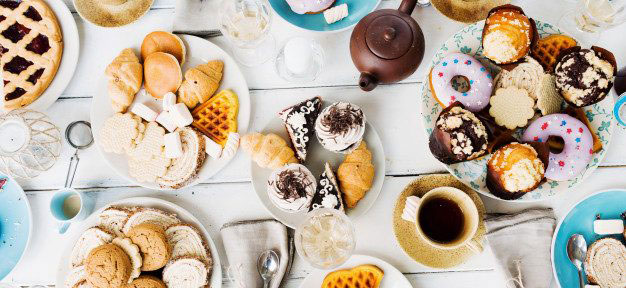Tag: tea

Effortless Efficiency: The Zojirushi Commercial Water Boiler & Warmer CD-LTC50
Read more: Effortless Efficiency: The Zojirushi Commercial Water Boiler & Warmer CD-LTC50With Zojirushi’s Commercial Water Boiler & Warmer CD-LTC50 your business will always have access to precisely…

Complete Your Kitchen with the VE Hybrid Water Boiler & Warmer CV-JAC40/50
Read more: Complete Your Kitchen with the VE Hybrid Water Boiler & Warmer CV-JAC40/50Have you met our Zojirushi VE Hybrid Water Boiler & Warmer CV-JAC40/50? Whether you’re a…

Where Do Tea Leaves Come From? Learn How Tea Grows
Read more: Where Do Tea Leaves Come From? Learn How Tea GrowsDo you know what camellia sinensis is? You might have guessed, but it’s the species…

What is Tea? Everything You Need to Know
Read more: What is Tea? Everything You Need to KnowTea may only be thought of as an alternative to coffee in America, but it…

Hosting the Perfect Tea Party at Home
Read more: Hosting the Perfect Tea Party at HomeHosting a tea party at home is one of our favorite ways to entertain our…
Product Inspirations – Micom Water Boiler & Warmer (CD-WCC30/40)-October 2018
Read more: Product Inspirations – Micom Water Boiler & Warmer (CD-WCC30/40)-October 2018Ahhh… autumn! The perfect time of year for warm, enticing, soothing food and drinks, especially…



